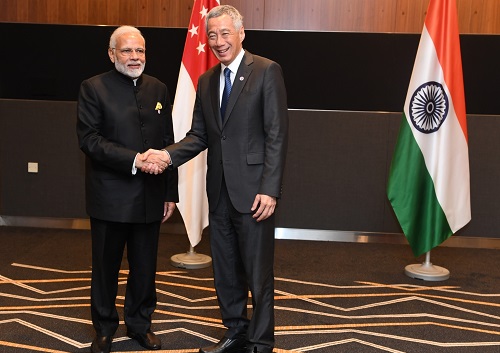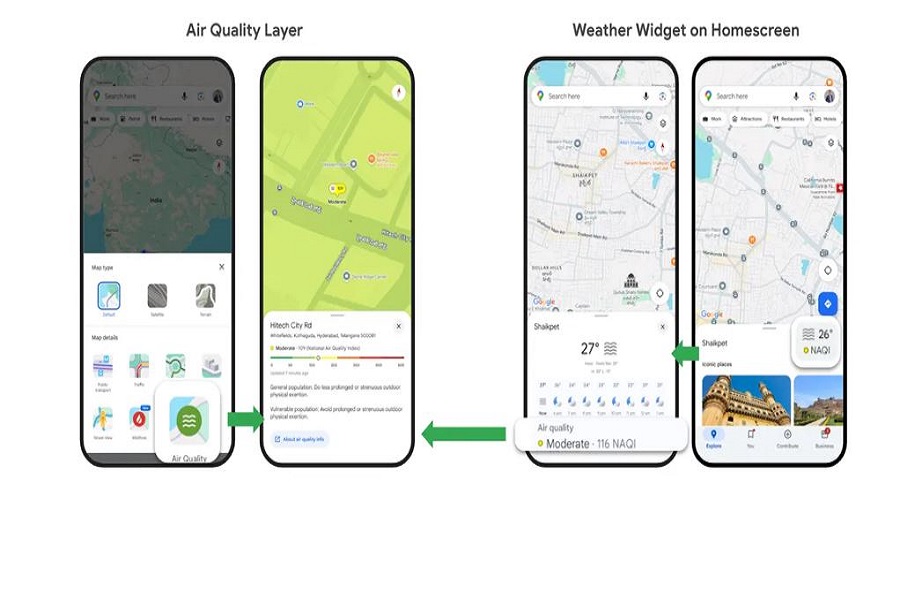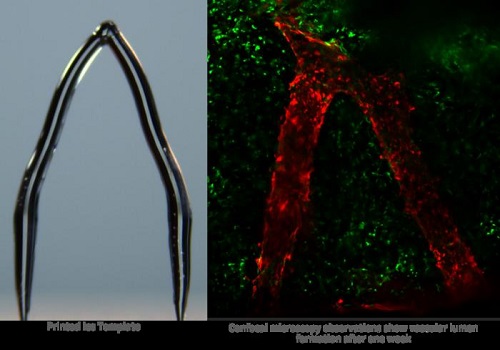Researchers harness AI to map visual functions in brain

Follow us Now on Telegram ! Get daily 10 - 12 important updates on Business, Finance and Investment. Join our Telegram Channel
Researchers have harnessed the power of Artificial Intelligence (AI) to map visual functions in the brain, which they say will also remove biases that may arise when looking at responses.
The team at Weill Cornell Medicine demonstrated the use of AI-selected natural images and AI-generated synthetic images as neuroscientific tools for probing the visual processing areas of the brain.
In the study, published in Communications Biology, they had volunteers look at images that had been selected or generated based on an AI model of the human visual system.
The images were predicted to maximally activate several visual processing areas. Using functional magnetic resonance imaging (fMRI) to record the brain activity of the volunteers, the researchers found that the images did activate the target areas significantly better than control images.
The researchers also showed that they could use this image-response data to tune their vision model for individual volunteers so that images generated to be maximally activating for a particular individual worked better than images generated based on a general model.
"We think this is a promising new approach to study the neuroscience of vision," said Dr Amy Kuceyeski, a professor of mathematics in radiology and of mathematics in neuroscience at the Feil Family Brain and Mind Research Institute at Weill.
For the study, the team used an existing dataset comprising tens of thousands of natural images, with corresponding fMRI responses from human subjects, to train an AI-type system called an artificial neural network (ANN) to model the human brain's visual processing system.
They then used this model to predict which images, across the dataset, should maximally activate several targeted vision areas of the brain. They also coupled the model with an AI-based image generator to generate synthetic images to accomplish the same task.
"Our general idea here has been to map and model the visual system in a systematic, unbiased way, in principle even using images that a person normally wouldn't encounter," Kuceyeski said.
The researchers enrolled six volunteers and recorded their fMRI responses to these images, focusing on the responses in several visual processing areas.
The results showed that, for both the natural images and the synthetic images, the predicted maximal activator images, on average across the subjects, did activate the targeted brain regions significantly more than a set of images that were selected or generated to be only average activators.






















